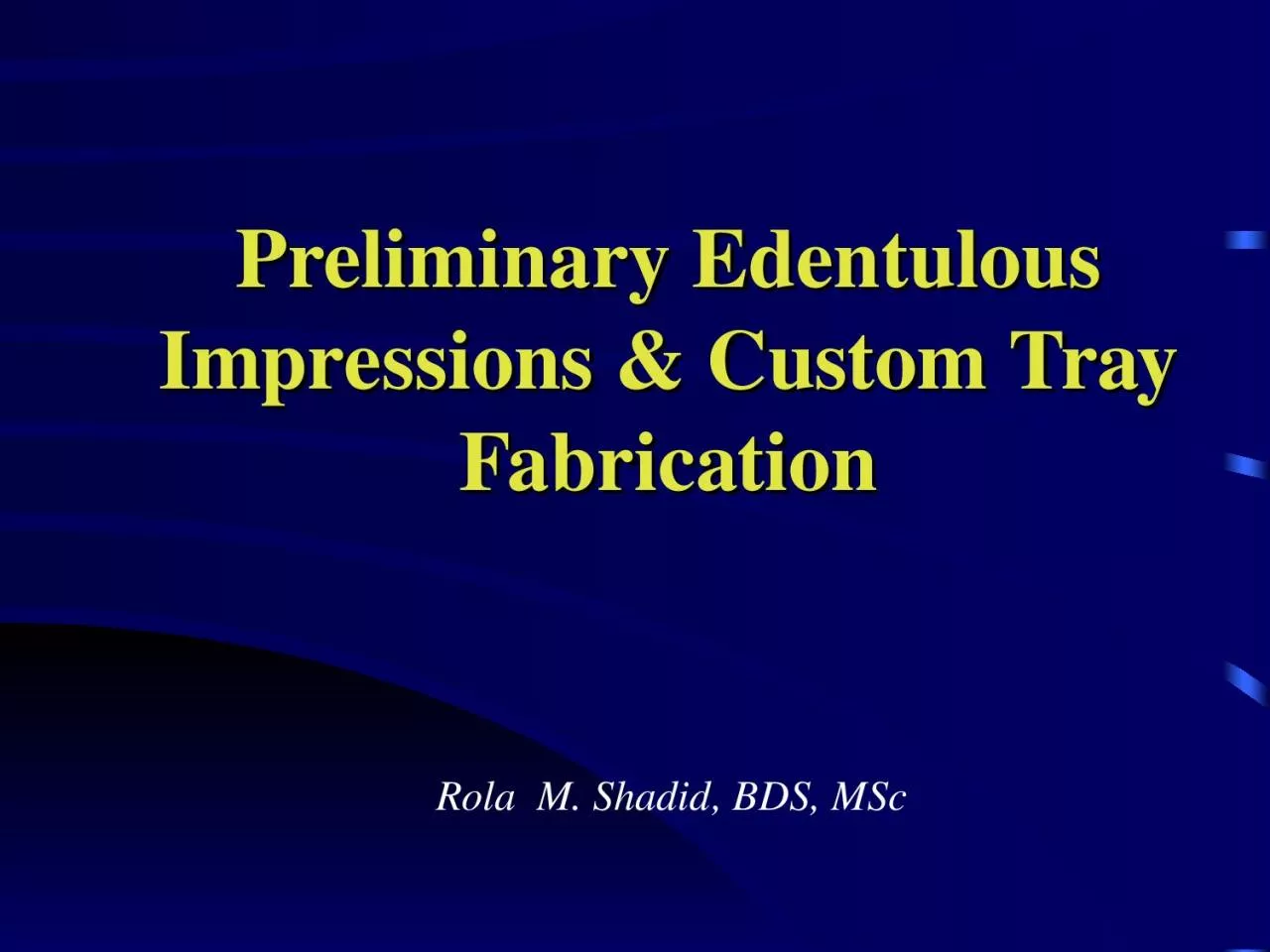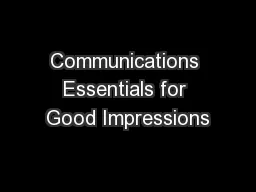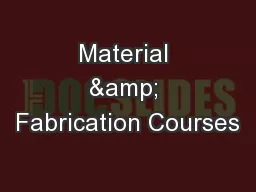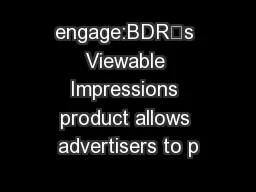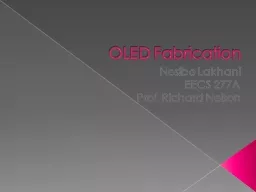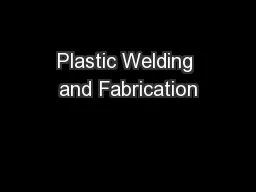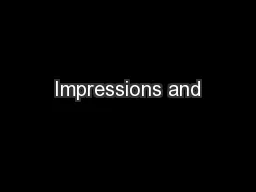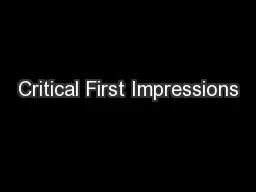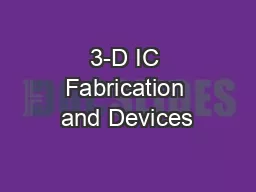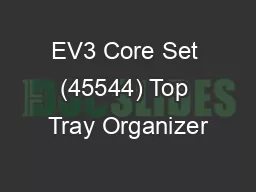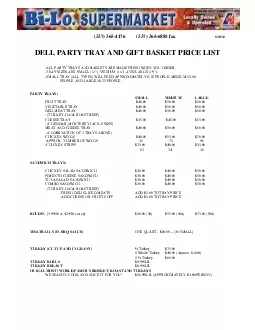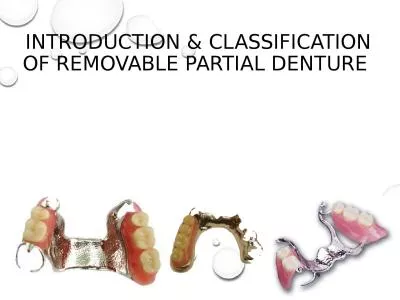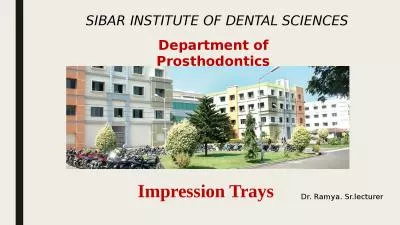PPT-Preliminary Edentulous Impressions & Custom Tray Fabrication
Author : clara | Published Date : 2022-06-11
Rola M Shadid BDS MSc What Is An Impression A negative likeness or copy in reverse of the surface of an object Principles amp objectives of impression making
Presentation Embed Code
Download Presentation
Download Presentation The PPT/PDF document "Preliminary Edentulous Impressions &..." is the property of its rightful owner. Permission is granted to download and print the materials on this website for personal, non-commercial use only, and to display it on your personal computer provided you do not modify the materials and that you retain all copyright notices contained in the materials. By downloading content from our website, you accept the terms of this agreement.
Preliminary Edentulous Impressions & Custom Tray Fabrication: Transcript
Download Rules Of Document
"Preliminary Edentulous Impressions & Custom Tray Fabrication"The content belongs to its owner. You may download and print it for personal use, without modification, and keep all copyright notices. By downloading, you agree to these terms.
Related Documents

